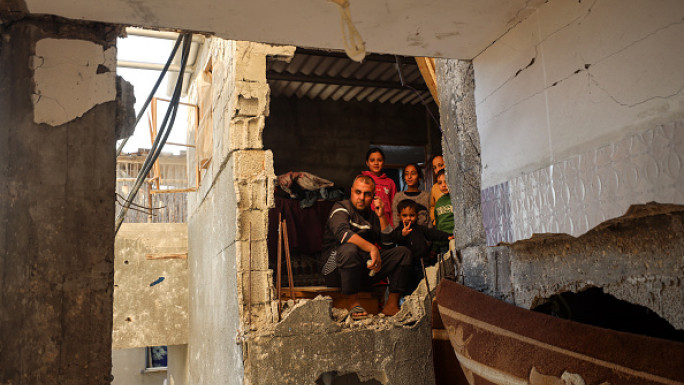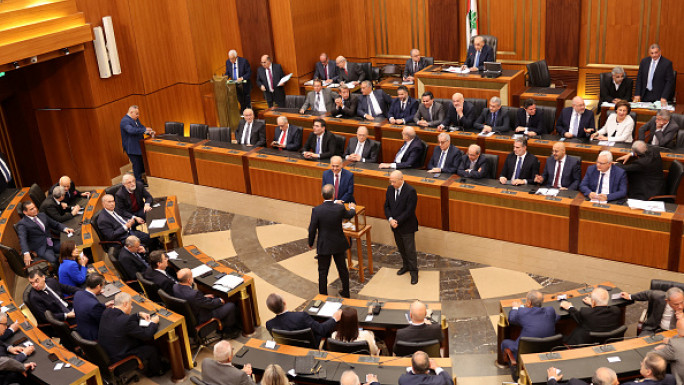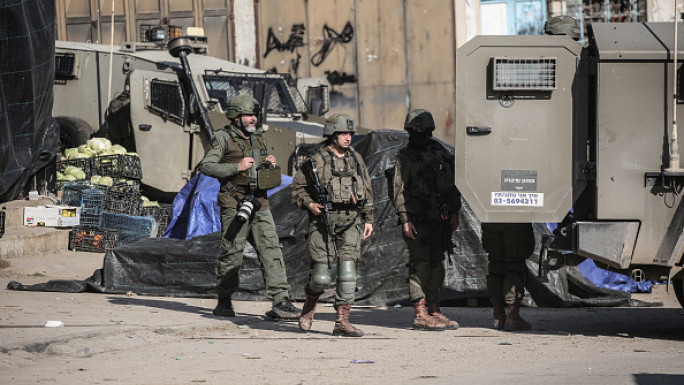Breadcrumb
Iranian oil tanker ablaze off China, crew still missing
Authorities from three countries meanwhile are struggling to find its 32 missing crew members and contain oil spewing from the blazing wreck.
State broadcaster China Central Television, citing Chinese officials, said none of the 30 Iranians and two Bangladeshis who have been missing since the collision late Saturday have been found as of 8am on Monday.
Search and clean-up efforts have been hampered by fierce fires and poisonous gases that have completely engulfed the tanker and surrounding waters, CCTV reported.
The Panama-registered tanker Sanchi was sailing from Iran to South Korea when it collided late on Saturday with the Hong Kong-registered freighter CF Crystal in the East China Sea, 257 kilometres off the coast of Shanghai, China's ministry of transport said.
China, South Korea and the US have sent ships and planes to search for the Sanchi's crew, all of whom remain missing. The US Navy, which sent a P-8A aircraft from Okinawa, Japan, to aid the search, said late on Sunday that none of the missing crew had been found.
All 21 crew members of the Crystal, which was carrying grain from the US to China, were rescued, the Chinese ministry said. The Crystal's crew members were all Chinese nationals.
It wasn't immediately clear what caused the collision.
Kwon Yong-deok, a Korea coast guard official, told The Associated Press that thick black smoke was still billowing from the ship on Monday afternoon and bad weather was worsening visibility at the scene.
Twitter Post
|
The Sanchi was carrying 136,000 metric tons (150,000 tons, or nearly 1 million barrels) of condensate, a type of ultra-light oil, according to Chinese authorities, who have dispatched three ships to clean the spill.
By comparison, the Exxon Valdez was carrying 1.26 million barrels of crude oil when it spilled 260,000 barrels into Prince William Sound off Alaska in 1989, badly damaging local ecology and the area's fishing-based economy.
But the size of the oil slick from the Sanchi - and the scale of the environmental toll - may be smaller. Unlike the thick crude that gushed out of the Valdez, much of the light, gassy condensate from the Sanchi may have evaporated or burned immediately, said Kwon, the Korea Coast Guard official.
The Sanchi's own fuel that leaked during the collision will be more difficult to clean, officials said.
South Korean petrochemical company Hanwha Total Co, a 50-50 partnership between the Seoul-based Hanwha Group and French oil giant Total, said in an email to the AP it had contracted the Sanchi to import Iranian condensate to South Korea.
A Hanwha Total spokesman, who asked not to be named citing office policies, added that there is "little possibility" that condensate would leave traces in the ocean after it burned. He added that the losses would be covered by an insurance company. The Sanchi's cargo was estimated to be worth more than $60 million.
Twitter Post
|
The tanker has operated under five different names since it was built in 2008, according the UN-run International Maritime Organisation.
The IMO listed its registered owner as Hong Kong-based Bright Shipping Ltd., on behalf of the National Iranian Tanker Co., a publicly traded company based in Tehran. The National Iranian Tanker Co. describes itself as operating the largest tanker fleet in the Middle East.
An official in Iran's Oil Ministry, who spoke to The Associated Press on condition of anonymity because he was not authorized to speak to reporters, said the tanker was owned by the National Iranian Tanker Co. and confirmed that 30 of the tanker's 32 crew members were Iranians.
"We have no information on their fate," he said on Sunday. "We cannot say all of them have died, because rescue teams are there and providing services."
It's the second collision for a ship from the National Iranian Tanker Co. in less than a year and a half. In August 2016, one of its tankers collided with a Swiss container ship in the Singapore Strait, damaging both ships but causing no injuries or oil spill.






![Anthony Blinken speech [Getty] Anthony Blinken speech [Getty]](/sites/default/files/styles/image_684x385/public/media/images/6263436E-8ACD-4D3C-9055-25A7BE79DD5A.jpg?h=d1cb525d&itok=fLHmHCRG)
 Follow the Middle East's top stories in English at The New Arab on Google News
Follow the Middle East's top stories in English at The New Arab on Google News

![trump putin summit [getty] trump putin summit [getty]](/sites/default/files/styles/image_330x185/public/media/images/FC0BAC95-8593-4C01-91E0-A54F5BA9C681.jpg?h=d1cb525d&itok=VSb-ozsZ)
